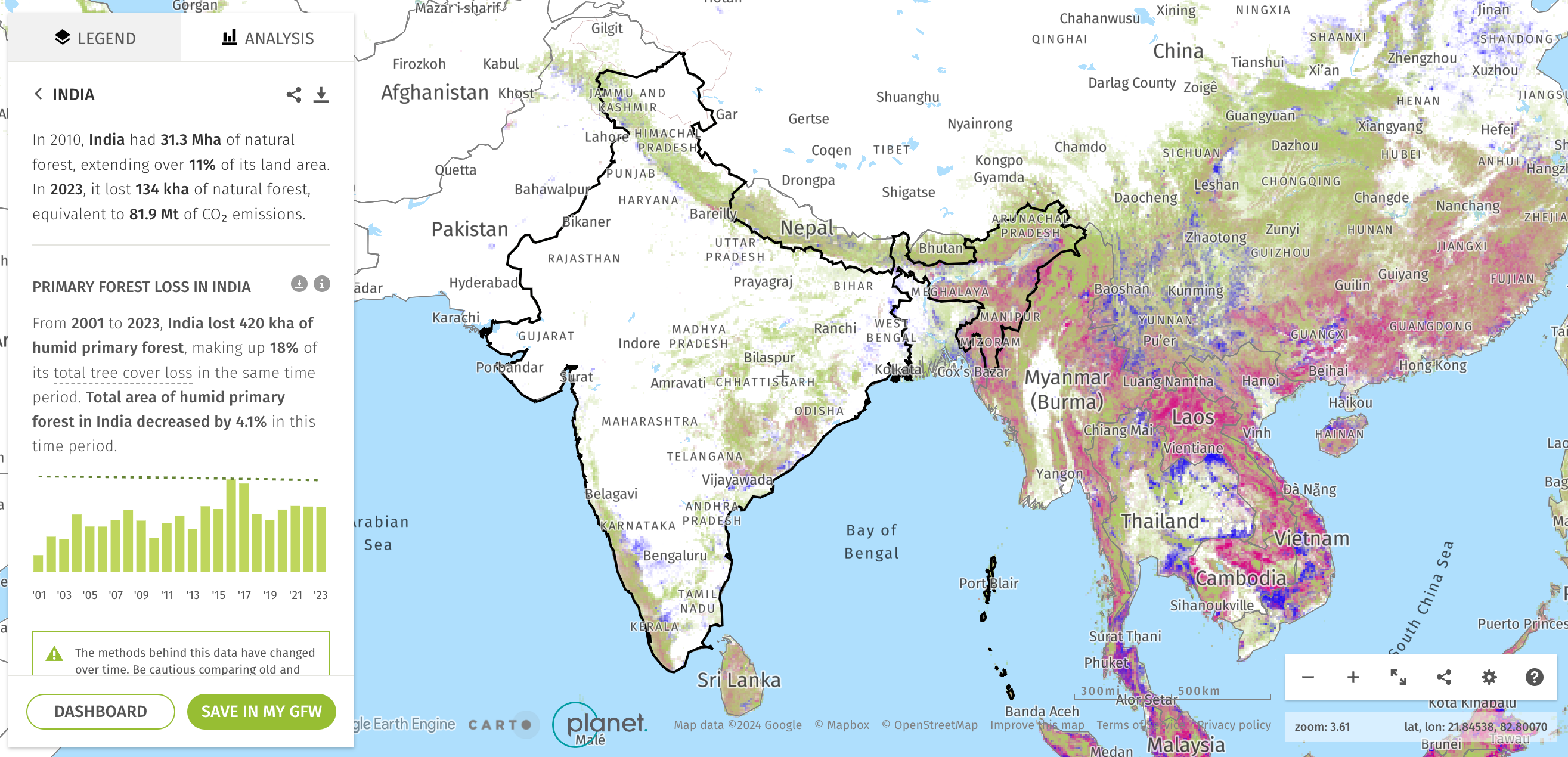Sadhana Forest’s primary aim in Tamil Nadu is to restore the endangered Tropical Dry Evergreen Forest (TDEF). Since the beginning of the project, over 174,000 trees have been planted, the majority of which have survived and are showing steady growth. Since its inception, Sadhana Forest has reforested over 70% of its land, with native species playing a critical role in the ecosystem's recovery.
In addition, they take a holistic approach to restoration that goes beyond just tree planting.
Water Conservation: Sadhana Forest lies on a watershed of red earth and clay, where ravines and canyons are easily formed by heavy monsoon rains. A major challenge on the land is water-flow control and conservation. Sadhana Forest aims to achieve zero water runoff by recontouring lands, which includes building 8 check dams, constructing bunding over several kilometers, and directing remaining runoff to forested areas with high absorbency.
After five years of intensive water conservation efforts, they observed a significant rise in the local water table, which rose by 6 meters (20 feet)—from an average depth of 8 meters (26 feet) in 2003 to 1.8 meters (6 feet) in 2008. This increase has also benefited neighboring villages, where wells that had been dry for 15-20 years are now providing water year-round.
Educating Communities: Since its inception in 2003, Sadhana Forest has hosted more than 15,000 residential volunteers and hundreds of thousands of visitors who have learned about sustainable living, reforestation, and water conservation. The forest has conducted Permaculture courses, workshops, and hosted school groups and students from India and abroad. Additionally, they have helped train foresters from the Forest Department of the Government of India.
Nurturing Children: On December 27th, 2009, Sadhana Forest India started a project called Children’s Land. This 2.7-acre project empowers local children to think creatively and independently about sustainability.
In Children’s Land, the children decide how they want to develop the space allocated to them. Initially, many are surprised, but over time, they have designed and developed gardens, compost toilets, and even recycling workshops under adult supervision.

